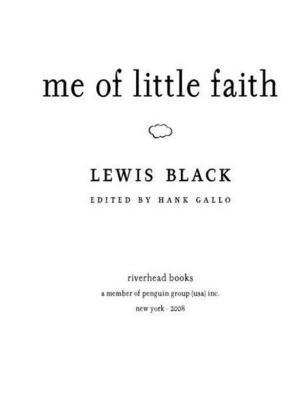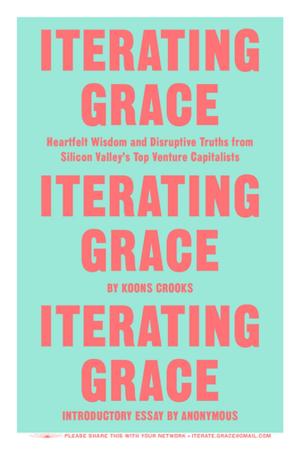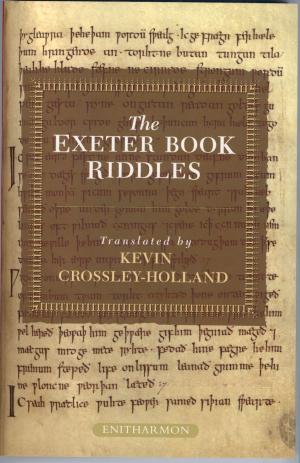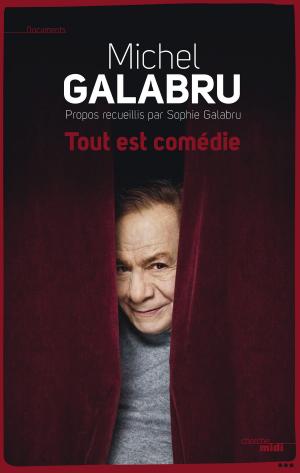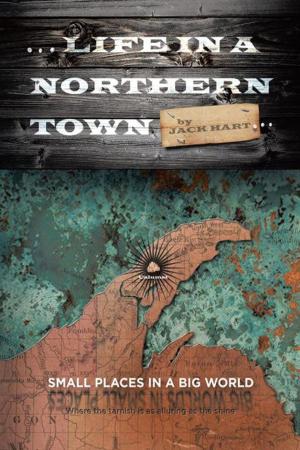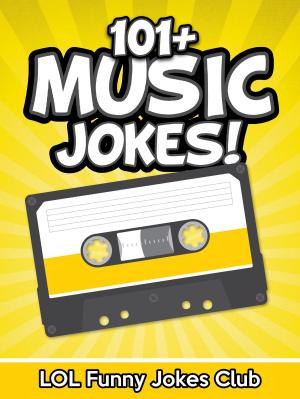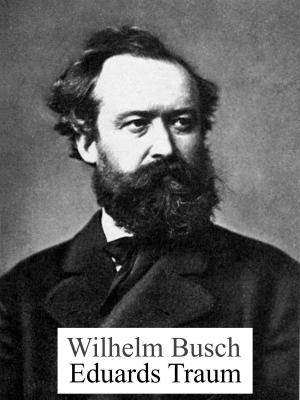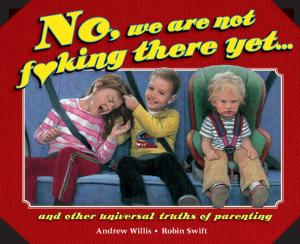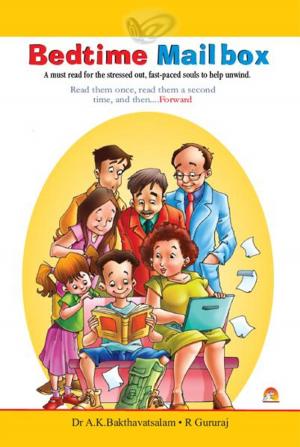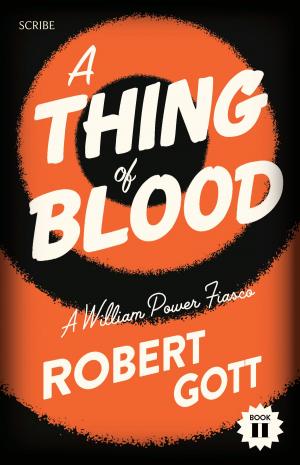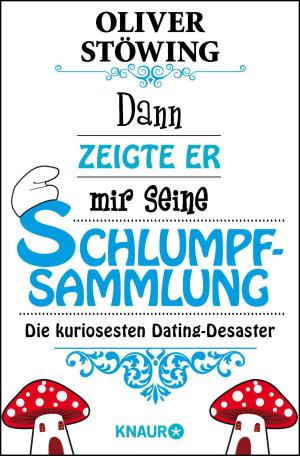| Author: | John D. Boyden | ISBN: | 9781310828140 |
| Publisher: | John D. Boyden | Publication: | November 9, 2014 |
| Imprint: | Smashwords Edition | Language: | English |
| Author: | John D. Boyden |
| ISBN: | 9781310828140 |
| Publisher: | John D. Boyden |
| Publication: | November 9, 2014 |
| Imprint: | Smashwords Edition |
| Language: | English |
The goal of this book is to help you have fun and start conversations. Even authors reading aloud to audiences at different locations like libraries, schools or to audiences can benefit. Chapter one explains how to use this book. A brief discussion of activities and questions to use with any story and a list of a few activities is provided, and then you can discover how you can use and create stories of your own.
Chapter two presents four useful ways for using one story. The first section offers a brief introduction followed by the complete story without further comment. In the second version all possible vocabulary words are selected for you in bold. The third version provides the same text with a discussion of the vocabulary coming before the same story. Each paragraph of the story is numbered in this version. The fourth version is the most complicated. This version interrupts the story with commentary, questions, and selected vocabulary is identified for you, all in italics.
In Chapter Three there is one more story in the Boo series using three different levels of vocabulary. What you have learned about using vocabulary, questions, and activities becomes the basis for what you do next. You are encouraged to create the vocabulary lists you need, choose activities you will use and discuss, and add the questions you want to use for this second story.
The goal of this book is to help you have fun and start conversations. Even authors reading aloud to audiences at different locations like libraries, schools or to audiences can benefit. Chapter one explains how to use this book. A brief discussion of activities and questions to use with any story and a list of a few activities is provided, and then you can discover how you can use and create stories of your own.
Chapter two presents four useful ways for using one story. The first section offers a brief introduction followed by the complete story without further comment. In the second version all possible vocabulary words are selected for you in bold. The third version provides the same text with a discussion of the vocabulary coming before the same story. Each paragraph of the story is numbered in this version. The fourth version is the most complicated. This version interrupts the story with commentary, questions, and selected vocabulary is identified for you, all in italics.
In Chapter Three there is one more story in the Boo series using three different levels of vocabulary. What you have learned about using vocabulary, questions, and activities becomes the basis for what you do next. You are encouraged to create the vocabulary lists you need, choose activities you will use and discuss, and add the questions you want to use for this second story.

